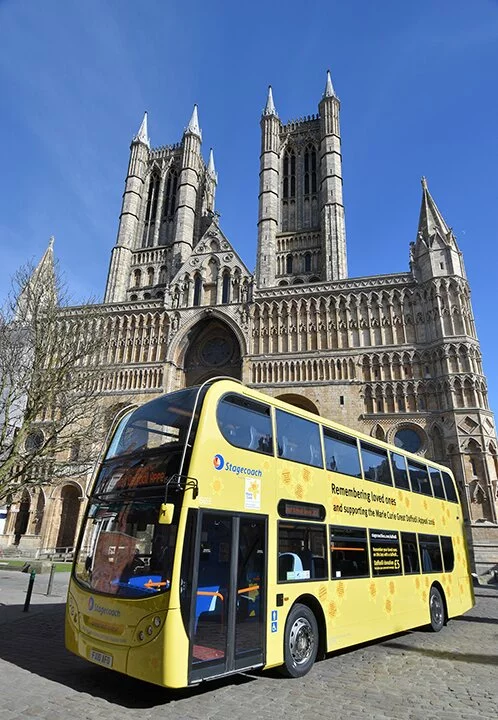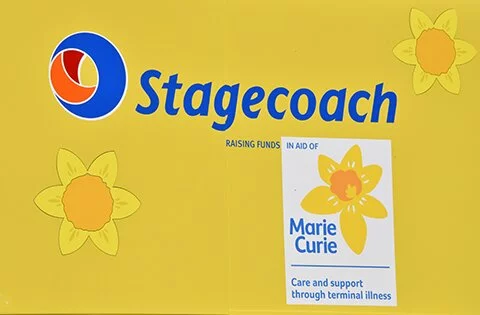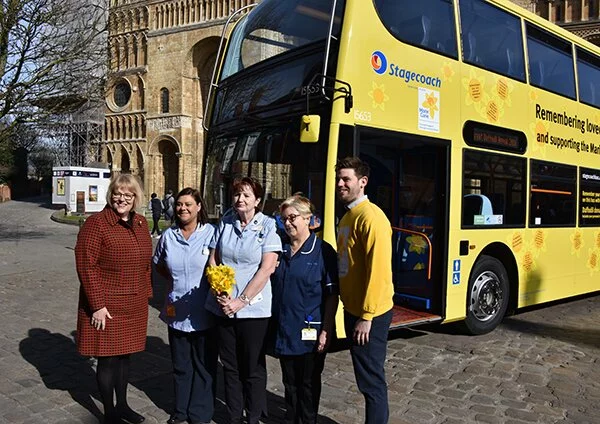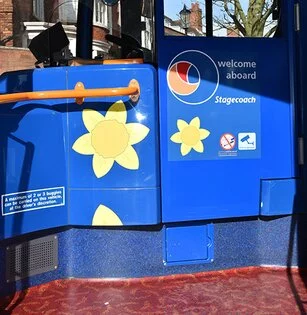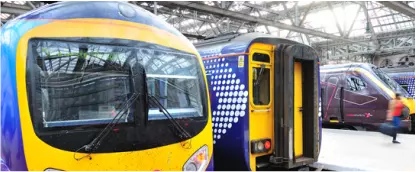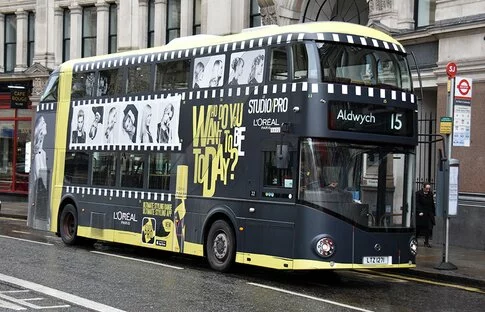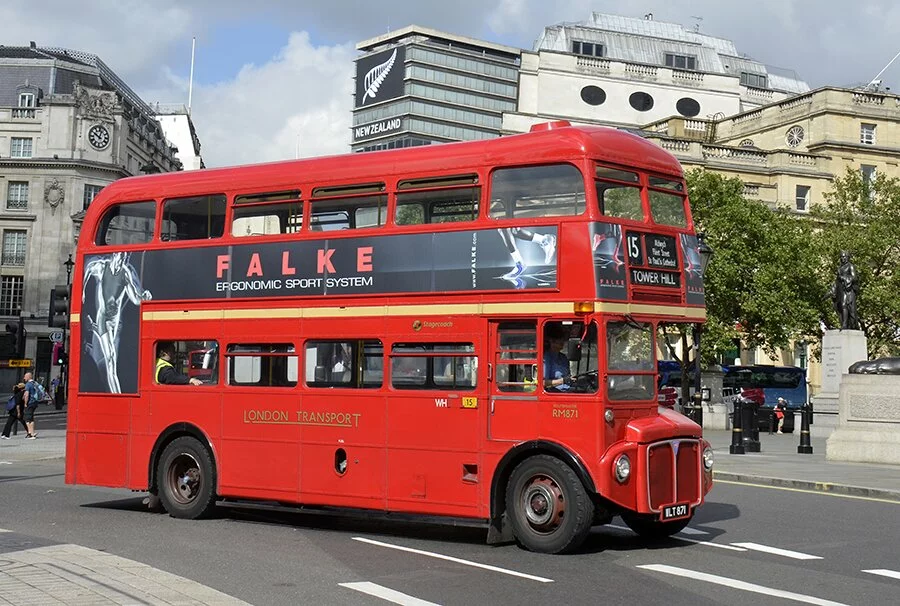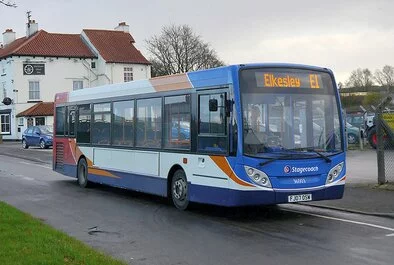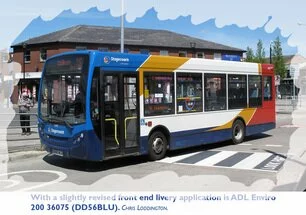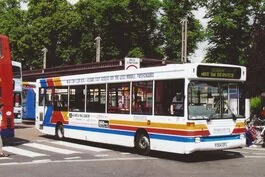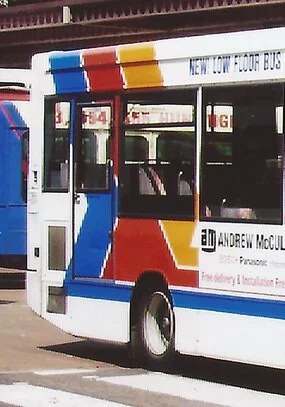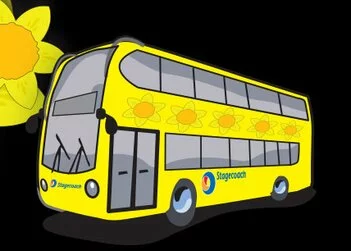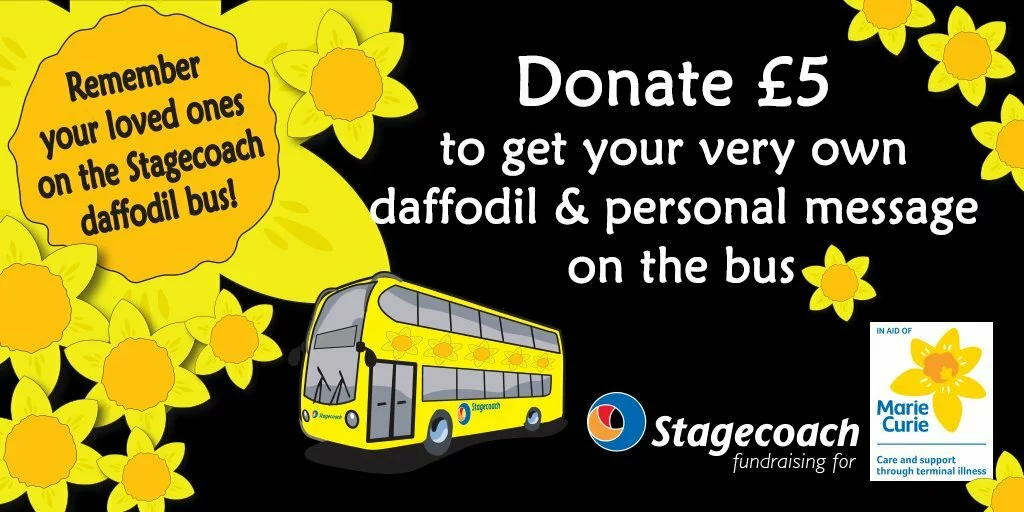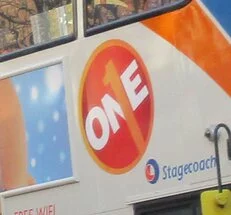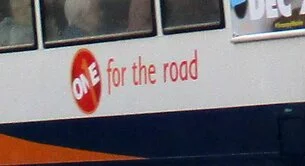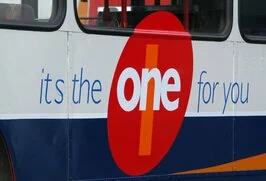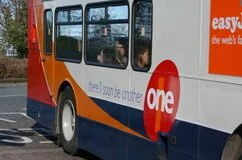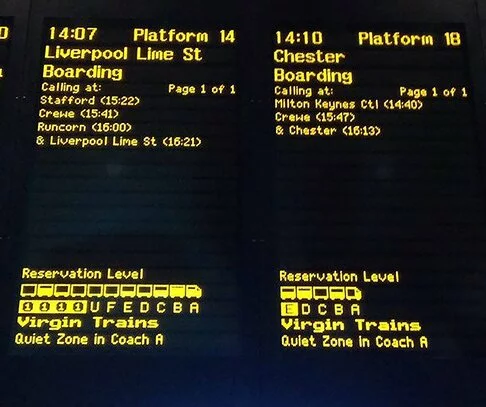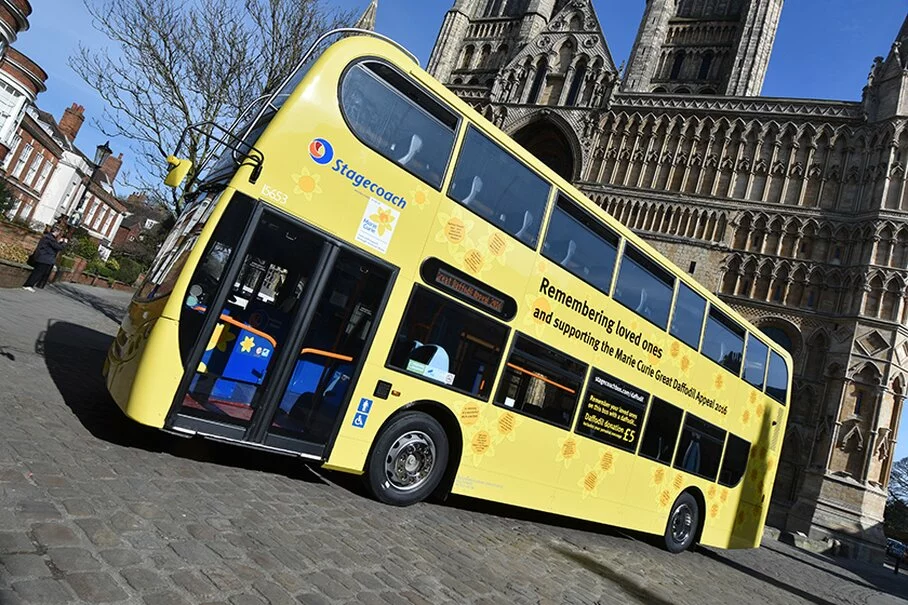
We have been supportive of Stagecoach East Midlands charity work for some time and was pleased that we were able to take an active part, along with our friends at LEYTR, in the latest project. Working with Marie Curie’s Great Daffodil Appeal for 2016, Stagecoach east Midlands has effectively donated a double deck bus as a mobile promotional vehicle on which members of the public have been invited to sponsor messages.
We were excited when Stagecoach East Midlands announced the plan in January and the bus was unveiled outside Lincoln Cathedral yesterday afternoon (March 14th). Now it is in service from Stagecoach’s Lincoln depot but Managing Director Michelle Hargreaves has confirmed that over the coming months it will be transferred around the East Midlands’ operating area spending time working from the depots at Mansfield, Worksop, Gainsborough, Scunthorpe, Grimsby and Hull.
Stagecoach and Marie Curie are still taking donations in return for daffodil messages on the bus and details on how to sponsor a message can be found at https://t.co/QmIb2LfCzG
The Scania/Enviro 400 (15653) is extremely eye catching and will help promote the work that Marie Curie does as it travels around the East Midlands and Humberside. A nice touch is the daffodil graphic on the cab door, which will be seen by all as they board the bus.
And if you see the bus look out for the Steven Knight Media/LEYTR sponsored message near the entrance doors.
We were excited when Stagecoach East Midlands announced the plan in January and the bus was unveiled outside Lincoln Cathedral yesterday afternoon (March 14th). Now it is in service from Stagecoach’s Lincoln depot but Managing Director Michelle Hargreaves has confirmed that over the coming months it will be transferred around the East Midlands’ operating area spending time working from the depots at Mansfield, Worksop, Gainsborough, Scunthorpe, Grimsby and Hull.
Stagecoach and Marie Curie are still taking donations in return for daffodil messages on the bus and details on how to sponsor a message can be found at https://t.co/QmIb2LfCzG
The Scania/Enviro 400 (15653) is extremely eye catching and will help promote the work that Marie Curie does as it travels around the East Midlands and Humberside. A nice touch is the daffodil graphic on the cab door, which will be seen by all as they board the bus.
And if you see the bus look out for the Steven Knight Media/LEYTR sponsored message near the entrance doors.

